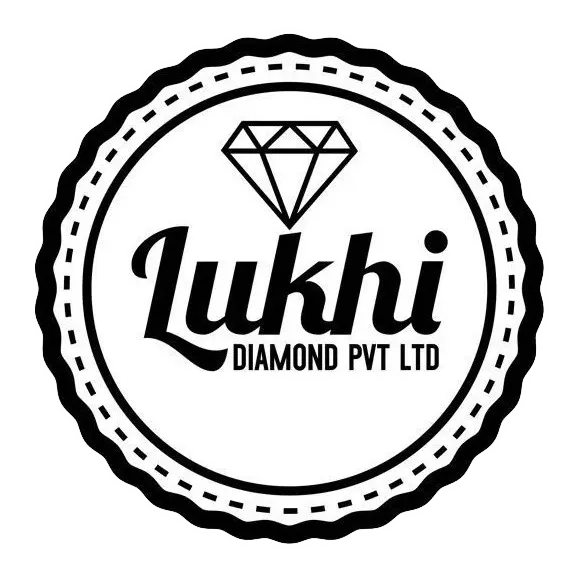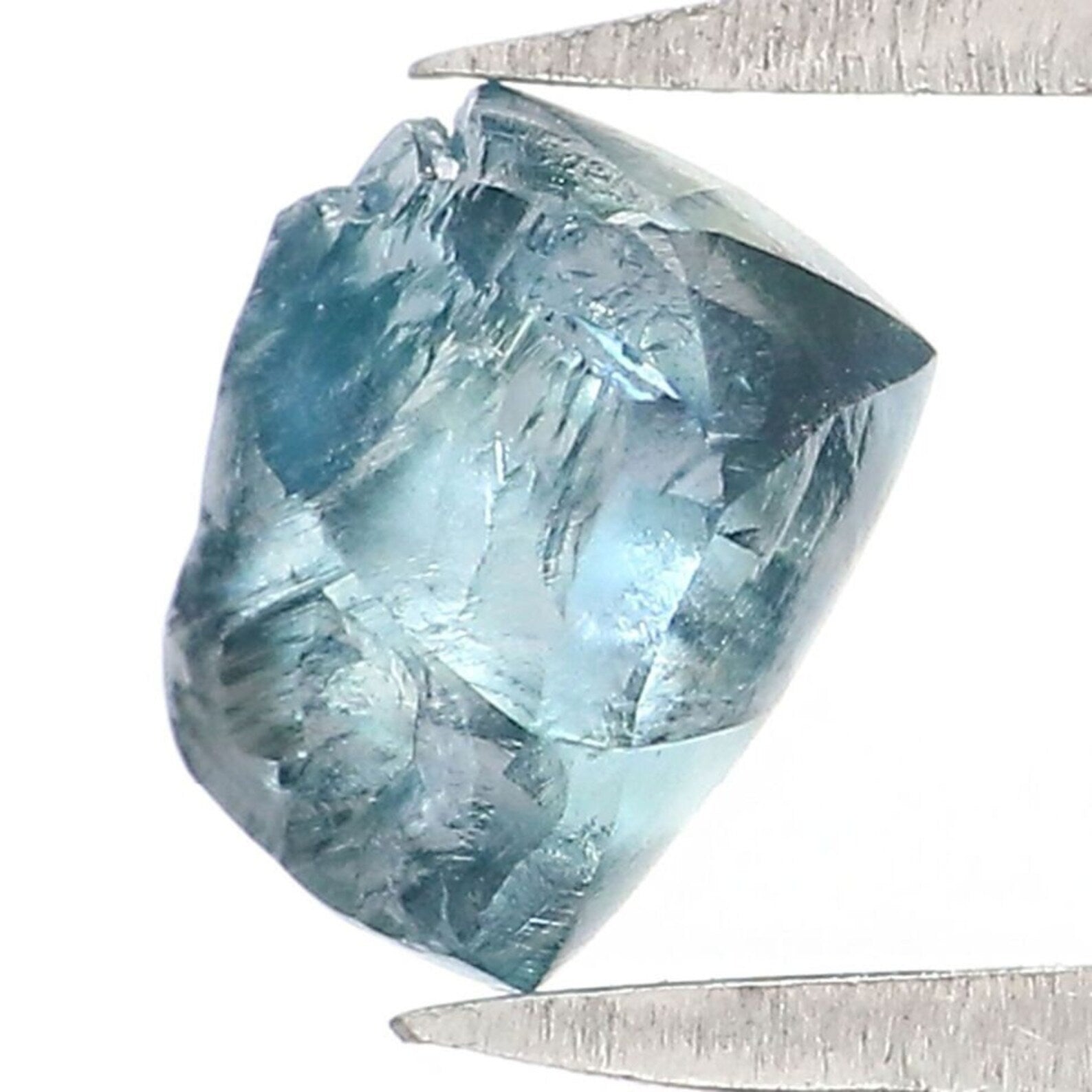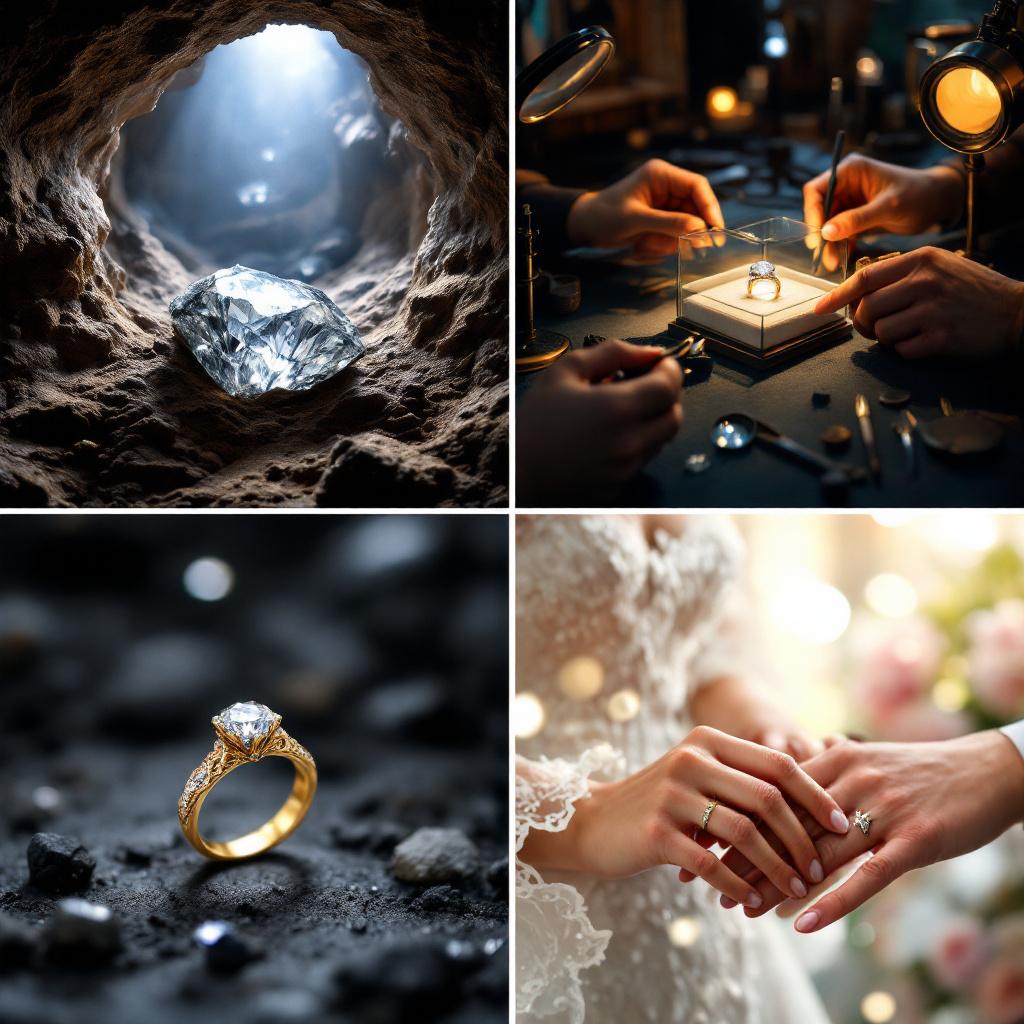Natural Diamonds vs. Lab-Grown Diamonds: What’s the Real Difference?
Short summary: Both are diamonds in chemical and physical terms, but they differ in origin, price, resale value, and perception. This article gives a practical, in-depth comparison so you can pick smartly when buying an engagement ring, investment-grade stone, or everyday jewelry.
- Origins & formation
- Appearance & the 4Cs
- How experts detect origin
- Price, value & resale
- Sustainability & ethics
- Certification to check
- Buying tips & FAQs
1. Origin: Nature vs. Laboratory
Natural diamonds form deep within Earth's mantle under extreme pressure and temperature over millions to billions of years. They are mined from primary (kimberlite/lamproite) and secondary deposits and then cut and polished for jewelry.
Lab-grown diamonds are produced in controlled laboratory environments using two main processes:
- HPHT (High Pressure, High Temperature) — replicates the pressure/temperature conditions of the earth; typically produces yellowish or brownish crystals that are later treated.
- CVD (Chemical Vapor Deposition) — grows diamond layers from carbon-rich gas in a vacuum chamber; often used for high-clarity smaller stones and then annealed to improve color/clarity.
Bottom line: origin differs, not the fundamental carbon lattice (both are diamond — pure carbon in a tetrahedral lattice).
2. Appearance: Can you tell them apart?
To the unaided eye, lab-grown and natural diamonds look virtually identical. Both have the same refractive index, dispersion (fire), and hardness (Mohs 10). Differences — when present — are found in:
- Inclusions & growth patterns: Natural stones often have mineral inclusions and irregular growth features; lab-grown stones may show metallic flux (HPHT) or layered growth patterns (CVD).
- Color nuances: Some lab-grown diamonds can start with different tints and be post-processed to improve color.
Only specialized instruments (spectrometers, growth-feature microscopes) and trained graders can reliably distinguish origin. Always check certification.
3. The 4Cs — How they compare
The four universal grading metrics still apply to both types: Carat, Cut, Color, and Clarity.
Carat
Same measurement for mass. Lab-grown diamond manufacturers can produce larger, flawless-looking stones at lower cost than mined equivalents.
Cut
Cut quality (proportions, symmetry, finish) controls sparkle. Both sources can be cut to excellent standards — cut often matters more to visual impact than origin.
Color
Color grading (D–Z) is used for both. Lab-grown stones can be treated to alter tint; natural stones display colors due to trace elements or radiation exposure over geologic time.
Clarity
Lab-grown diamonds can show fewer natural mineral inclusions, but may show metallic inclusions or growth defects typical of production method.
4. Price: How much cheaper are lab-grown diamonds?
Lab-grown diamonds are typically 40–70% less expensive than equivalent natural diamonds (same carat, cut, color, clarity). Price differences depend on market dynamics, brand premium, and supply. The gap has narrowed over time in some size/quality bands but remains significant for larger, high-quality stones.
Quick guidance: If your priority is size for budget, lab-grown delivers more millimetres of sparkle per rupee/dollar. If you prioritize rarity and long-term value retention, natural diamonds historically outperform on resale.
5. Value & investment potential
Natural diamonds have a long history as heirlooms and stores of value — they tend to hold value better and are more likely to appreciate (or at least maintain) in the long term for certain categories (notably historically significant or rare fancy-color diamonds).
Lab-grown diamonds have a weaker secondary market at present because production can scale and supply increases reduce scarcity. If your purchase is an emotional or aesthetic decision rather than pure investment, lab-grown can be a practical choice.
6. Sustainability, environmental impact & ethics
The sustainability story is nuanced:
- Natural diamonds: Mining impacts land, water, and energy use. Responsible mining programs, traceability initiatives, and community investments (e.g., Fairtrade/Responsible Jewellery Council programmes) reduce harm but do not eliminate environmental cost.
- Lab-grown diamonds: Avoid most mining impacts and are conflict-free by design. However, they require significant energy—some producers use renewable power, which lowers the carbon footprint; others rely on grid electricity, affecting total emissions.
Ethical concerns like “conflict diamonds” drove the Kimberley Process — a governance step that has reduced but not entirely solved problems. Both industries are improving transparency; always check provenance and manufacturer disclosures.
7. Detection: How labs and jewelers identify origin
Professional gemological labs (GIA, IGI, AGS, HRD) use spectroscopy, UV fluorescence, inclusion analysis, and growth-feature inspection to determine origin. Many lab-grown diamonds are laser-inscribed with their origin and grading report numbers.
If a seller cannot provide certification or origin details, treat that as a red flag.
8. Certification: what to look for
Always ask for an independent grading report. Trusted labs include:
- GIA (Gemological Institute of America) — gold standard for grading and origin reporting (note: GIA historically refrains from certifying "lab-grown" as natural; instead they label origin clearly).
- AGS — reputable for cut grading and objective reports.
- IGI and HRD — widely recognized, often used for lab-grown stones as well.
Reports should include carat, cut grade, color, clarity, measurements, and a statement on origin (natural vs lab-grown). Also check for laser inscriptions on the girdle which match the report number.
9. Buying tips — practical checklist
- Decide priorities: value/ investment vs sustainability vs budget vs symbolism.
- Compare 4Cs: for the same budget, test whether a larger lab-grown stone or a smaller higher-grade natural stone better matches your taste.
- Get independent certification: insist on a GIA/AGS/IGI report and verify the report number online.
- Ask about return policy & warranty: buy from vendors who offer clear returns and resizing policies.
- Consider brand premium: branded jewelry often carries extra markup; allocate budget between stone quality and setting/craftsmanship.
- Check energy & origin claims: for lab-grown diamonds, ask the producer about energy sources and manufacturing transparency if carbon footprint matters to you.
10. Emotional & cultural value
For many buyers, a diamond’s story matters. Natural diamonds carry the narrative of geologic time and rarity — a stone that took eons to form. Lab-grown diamonds offer a modern narrative: technology, sustainability, and accessibility. Neither is objectively superior — only different.
11. FAQs
Is a lab-grown diamond real?
Yes — lab-grown diamonds are chemically, physically, and optically the same as natural diamonds. The primary difference is origin.
Will the resale value of lab-grown diamonds improve?
It's uncertain. If supply remains high and production costs fall, resale value is likely to stay lower than comparable natural diamonds. Market dynamics could change over decades.
Can I insure a lab-grown diamond?
Yes. Insurers typically insure the replacement value; tell your insurer the stone's origin and show the certification when getting a policy.
12. Conclusion — Which should you choose?
If your decision hinges on investment and rarity, natural diamonds remain the conventional choice. If you prioritize budget, size, and lower mining impact, lab-grown diamonds are an excellent modern alternative. For many buyers, it’s not an either/or — choose the diamond that best matches the emotional, ethical, and financial priorities that matter most to you.
If you'd like, I can:
- Write a short product page or ad copy for a lab-grown or natural diamond ring.
- Create comparison tables for specific carat/cut/color/clarity combinations.
- Produce social media captions and hero images (text for designer).



Leave a comment
This site is protected by hCaptcha and the hCaptcha Privacy Policy and Terms of Service apply.